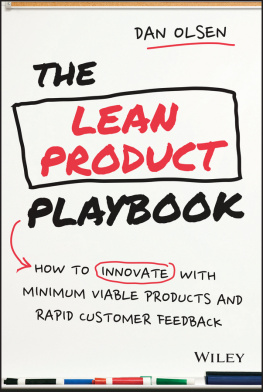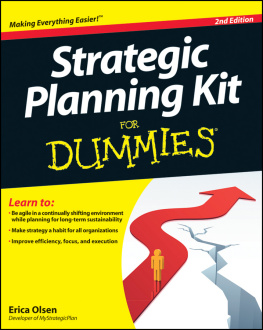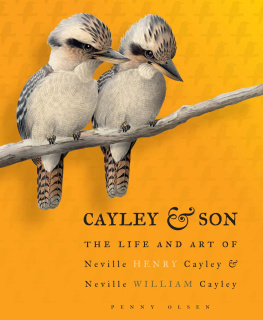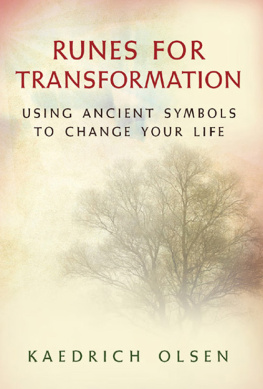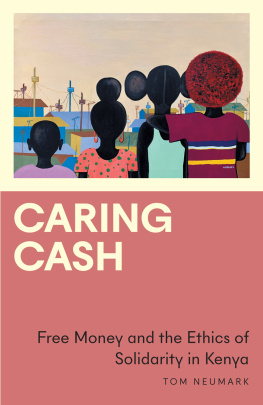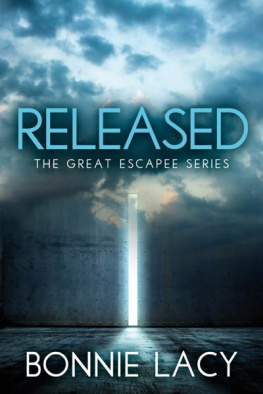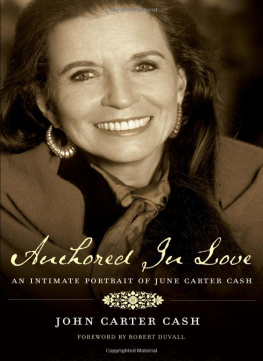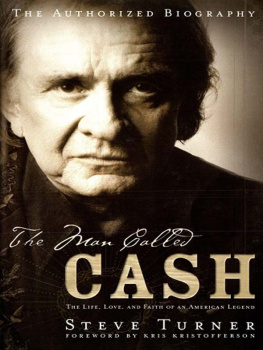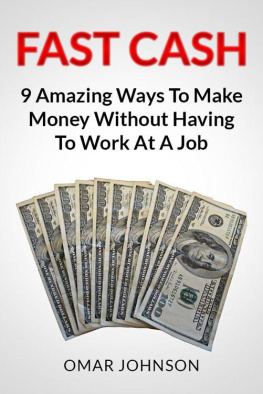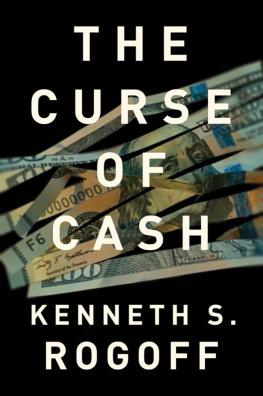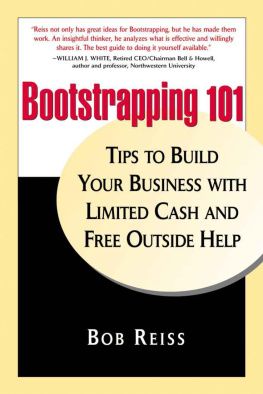About the Author
Kai A. Olsen is a professor of informatics (computing science) at Molde University College, University of Bergen and at Oslo Metropolitan University, Norway. He is an adjunct professor at the School of Computing and Information, University of Pittsburgh. Olsens main research interests are IT strategy and human-computer interaction (HCI). He has been a pioneer in developing software systems for PCs, information systems for primary health care, and systems for visualization. He has written several books and has published more than a hundred scientific papers, in addition to numerous articles in Norwegian newspapers. He acts as a consultant for Norwegian and US organizations.
Chapter 1 Moving to a Digital World
In 1915, the chancellors of a town in Norway passed a regulation stating that trucks should not go faster than 15 km per hour. This was not a safety measure; instead, the chancellors wanted to protect the market for horse-drawn wagons, which had this as their maximum speed. Of course, the regulation did not work. The trucks went faster and would soon dominate freight transport in the city.
The traditional model for the sale of music was albums: a collection of several tracks on the same vinyl record. Later, cassette tapes were also used. Then the record was offered as a compact disk. These changes of technology were sustainable for the industry. If the record shop sold a vinyl record, a cassette tape, or a CD, it was the same business model. The disruption came when pirates offered music for downloading or streaming online. Clearly, this was a much better model for most music lovers than retaining the physical media. On the Internet, one could have large archives of music, good search and recommendation systems, and stream to many different types of devices. However, the music industry wanted to retain the model that gave them a secure income; they fought back, but couldnt win. The main thing was not that the pirates offered free music, but that it was much more convenient for users to get the music directly online. We see this today. When the industry is at last giving up on the physical media, a large number of customers are willing to pay for various added services on the new legal sites. For the most part the pirates have gone awaytheir job has been done.
These two very different examples show us that it is difficult to stop a new technology that has clear advantages. One may delay the introduction, but if the advantages are great enough, a momentum will build up that cannot be stopped. For music, this momentum was built when more and more people had access to the Internet, with increased bandwidth and inexpensive, portable digital music players. The nail in the coffin was the smartphone. When this became the unit of choice for playing music, there was no way back. In retrospect, we see that music on any type of physical media would have to be abandoned as the smartphone became the music player of choice. That is, in the first phase the alternative technology often comes as a replacement; in our example replacing physical media by streaming. In the next phase, a consumer explores the freedom that he or she gets when leaving the constraints of physical media. With every new breakthrough technology, some users retain the old. For music we see a thriving, albeit small, market for vinyl records. Some photographers, both amateurs and professionals, still use traditional film cameras. However, in this book we look at major trends, accepting that there always will be smaller niches that continue using a traditional technology.
While the record industry managed to maintain its business model for a few years, it may be argued that they would have been better off if they had taken control over the new technology instead of trying to stop it. At least they would then have avoided coping with the free services that the pirates provided. To make an impact after the pirates, this implied that they had to offer a free option when introducing their new services.
We often see that newcomers in an area have a better understanding of the potential of a new technology than the incumbents. This is probably because the incumbents, such as the record industry, are comfortable in a model that has served them for many years. It is difficult, and sometimes impossible, to break out. A good example is Kodak, which invented the digital camera but was too entrenched in its very successful business model of selling photographic film and analog cameras to exploit any other alternatives. Later on, the same thing happened with the successful mini-computer manufacturers. Their organization was not able to design, manufacture, and sell the new PCs. For example, their sales-people were paid in the form of a percentage of the contract. This would give them a good bonus when the contracts were in the millions of dollars, but not when a customer bought a PC for less than a thousand dollars. Furthermore, while the mainframe and mini-computer manufacturers made the complete product, PC components and software are manufactured by many different companies. Therefore, a PC manufacturer requires high volumes to make money, which is quite different from the earlier technology.
These technology shifts have been so disruptive that one could argue that the incumbents would not have had a chance, even if they had decided to go for the new technology. It may be that Kodaks only choice was to continue making photographic film and analog cameras as long as it was profitable, and then close down its entire operation. The new digital age required different technologies, different competence, a different way of making and selling cameras, and different media for storing the images, and maybe Kodak would not have had a chance in this business? When smartphones became the standard ways of taking photographs, the consequence is straightforwardKodak would be lost! Of course, shareholders in Kodak would have had the option to sell the shares and invest in companies that utilized the digital technology. But moving an investment is simpler than reorganizing a company from one technology platform to another disruptive platform.
Before the Internet, the major airlines had built a system where tickets were sold through travel agencies or airline offices. A customer would call in, describe his or her needs, and an operator would enter the booking in the system, then send the tickets by mail. With skilled operators, one could have a complex discount system, such as a discount on round trips or a discount for couples whereby if one paid the full price the other would pay half price.
With the advent of the Internet, all airlines, both the incumbents and the new low-cost airlines, established online booking systems, thereby allowing customers direct access to their systems. In this respect the technology was not disruptive; it was sustainable, for both the customer and the airline, but perhaps not for the intermediariesthe travel agencies. However, while many of the incumbents retained their complex discount structure, budget airlines such as Ryanair and Norwegian developed a much simpler discount system. The main idea was to separate tickets. Round-trip discounts and discounts for couples required two tickets to be connected. This could cause problems. For example, what would happen if only the full-price ticket for a couple was cancelled? Would this be possible or would the discount system demand that both are cancelled in this situation? As we can see, the idea of connecting two tickets increases the complexity, possibly beyond what normal users can handle.
The new airlines came in with many other ideaslow fares being the most importantbut a major part of their success in establishing their new business was by simplifying their price structures. The enabler for these business models was the Internet and the simpler price structures made it possible for the customers to book tickets on their own. Still, it is not a disruptive technology for the airlines, as seen by the fact that both the traditional airlines (most of them anyway) and the low-cost airlines coexist. However, the Internet offered an opening for the new airlines. Another example of a sustainable technology in the airline business is the move from propeller airplanes to jets. Again, in this case, the technology shift does not disrupt the business model.


